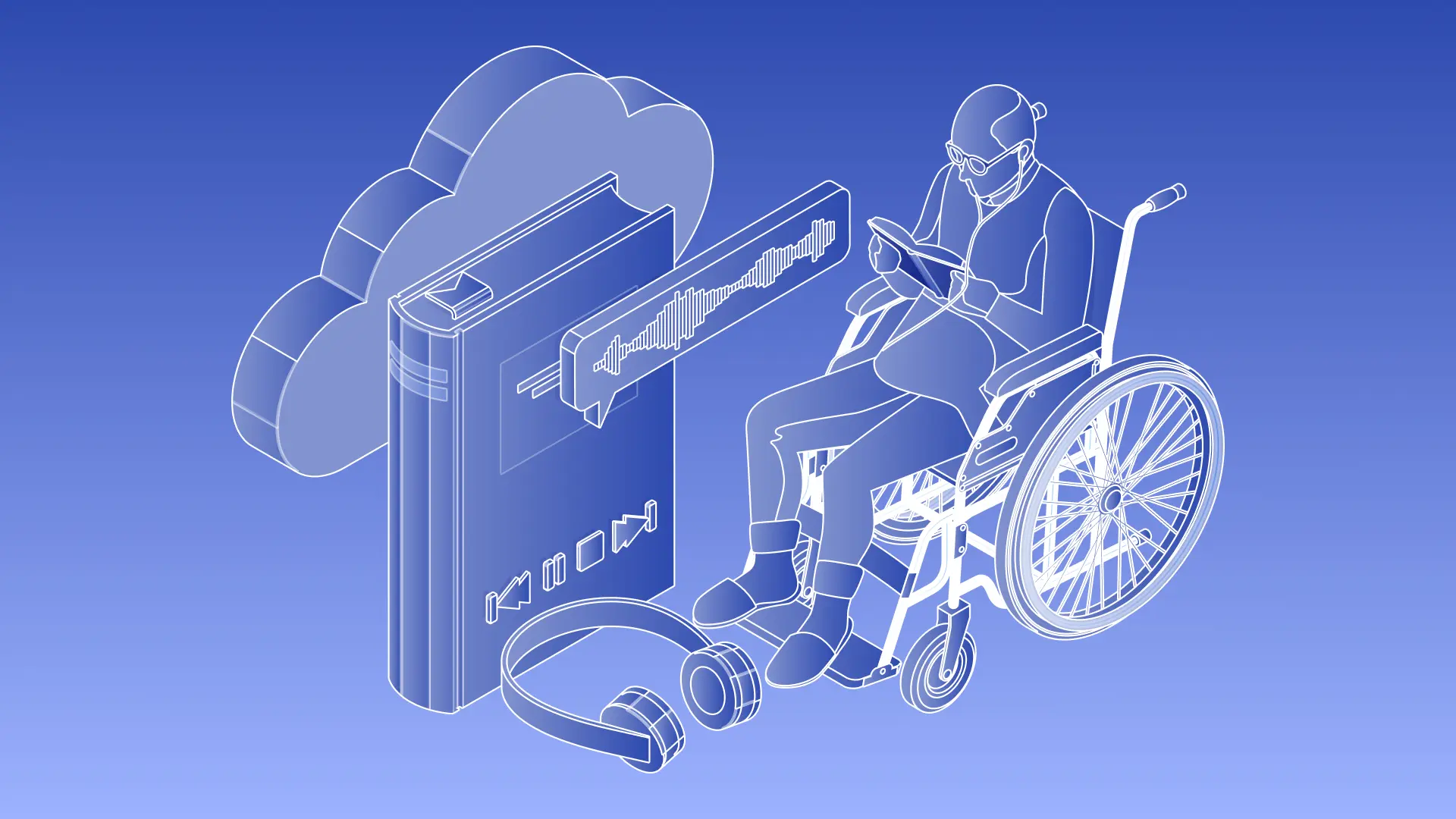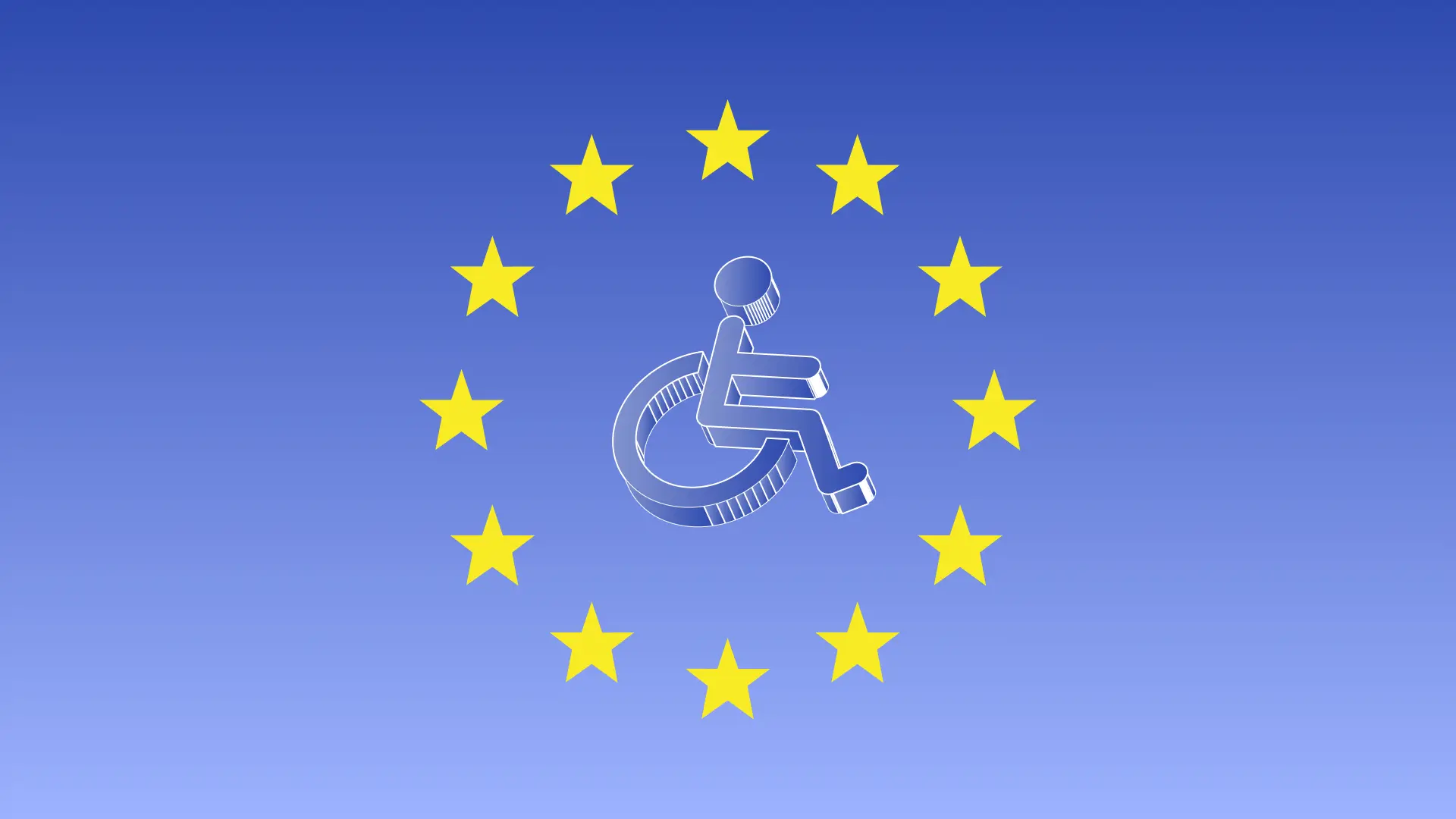WCAG 2.2 And The European Accessibility Act - How You Can Make Your Store Compliant?
- Ecommerce
- WCAG
Launched
September, 2024

WCAG 2.2 And The European Accessibility Act - How You Can Make Your Store Compliant?
Accessibility is the core of good products. Nowadays, every platform must be accessible for all individuals, especially for people with disabilities. As per recent studies, 101 million people are living with some kind of disability across Europe alone. The European Accessibility Act is one of the laws that comes under the European Union to promote diversity, equality, and accessibility for users with disabilities.
But how are Web Content Accessibility Guidelines (WCAG) related to The European Accessibility Act? And what are the ways to make your store compliant with these laws? Both of these frameworks, when worked together, offer a better way to address inclusivity. They provide the basics of content structuring so that it can be used by a wide range of people with disabilities.
In this blog, we will take a quick look at the European Accessibility Act, its application, and how you can make your store compliant with EAA and WCA guidelines. So, let’s get started!
European Accessibility Act In Digital Environment
The European Accessibility Act (EAA) was created in 2019 with the aim to provide and improve the accessibility of every service and product to people with disabilities. This fifteen-page act applies to all kinds of products and services funded by public contracts that come under the European Union (EU) member states.
The EAA stems from the commitment to the United Nations Convention on the Rights of Persons with Disabilities (UNCRPD). This is the first international convention that takes the responsibility to provide the same rights for disabled people as for healthy individuals. Moreover, EAA was subjected to implementation from 28 June 2022 and will be a requirement from 28 June 2025, rather than a directive.
This means businesses have to follow the ESO’s web standard Level AA requirements. If not, clients can directly file a complaint to the court against the business that does not comply with this act. As per the summary of EAA, the directives include:
- Promotion of inclusivity for products and services so that the EU market runs smoothly without the hindrance of any free-movement barriers.
- Provides advantages to business owners, elders as well as disabled people.
The main goal of EAA is to provide equal rights to disabled people for accessing all kinds of products and services, allowing them to contribute to the modern world.
Where Does The European Accessibility Act Apply?
The European Accessibility Act applies to any product and service that comes under the European Union regardless of its location or associations with international organizations. Some of the products and services under the EAA include:
- E-commerce
- Shops and Restaurants
- Electronics Manufacturing and Distribution
- Self-Service Terminals
- Check-in Machines
- Transport and Airlines
- Healthcare Industry
- Telecommunication Services
- E-books
- Consumer Banking
- Financial Industry
- Communication Services
- ATMs and Ticket Machines
It’s worth mentioning here that the EAA is not applicable to:
- Pre-recorded media such as videos or slides before 28 June 2025.
- Accessible online maps.
- Microenterprises.
- Websites that do not wish to update the content after 28 June 2025.
Web Content Accessibility Guidelines (WCAG 2.2)
Web Content Accessibility Guidelines are a set of directions applicable to make the digital market accessible to people with disability. The instructions are developed and internationally recognized by W3C’s WAI.
The most recent version of these guidelines is WCAG 2.2 which is built upon WCAG 2.0 and 2.1. Even though WCAG was first created for websites only, it now applies to mobile content as well. WCAG works on four core principles that include:
- Perceivable - Users must be able to perceive the information easily that is being presented.
- Operable - Users must be able to operate the platform or utilize the service.
- Understandable - Users must be able to understand the content, platform as well as service.
- Robust - The information must be robust enough to be interpreted by multiple user bases.
Apart from these principles, there have been a few updates to the WCAG 2.2. The new and updated WCAG addresses the gaps of WCAG 2.1 and WCAG 2.0. Some key updates include:
- Improved visibility - More keyboard-focused with enhanced visibility.
- Focused appearance - Focus indicator with enhanced contrast.
- Accessible Authentication - Other ways to log in without a function test.
- Dragging movement - Pointer alternatives for dragging tasks.
- Redundancy - Avoid inputting the same user information again and again.
- Target Size - Increase in size of clickable items.
The European Accessibility Act Compliance With WCAG 2.2
WCAG helped EAA a lot in terms of finding and ending accessibility issues that could result in legal action against the businesses. Some of the key aspects that businesses must remember include:
- Bad contrast color choice.
- Missing or wrong alt texts.
- Mishandled HTML semantics.
- Keyboard accessibility errors.
- Confusing navigation or functionality.
How Do The European Accessibility Act And WCAG Work Together?
The European Accessibility Act and WCAG are different entities. Despite this, both of these entities share the same goal of making digital products and services more accessible for individuals with disabilities. For this purpose, both of them work together in such a way that EAA implements the Web Content Accessibility Guidelines to eliminate any barriers in the digital world. Some of the key aspects of their collaboration include:
- Harmonizing Standards - One critical feature of EAA and WCAG compliance is to promote harmonization across the EU. Before this directive, every business used to have its laws, which were confusing for different locations and users. After EAA, now there is a set of rules that apply to every business that comes to the EU.
- Enforcement and Accountability - WCAG is the set of instructions that does not hold the power for compliance or any legal action. This gap is filled by EAA as it can enforce legal laws and charge penalties for businesses that do not follow the guidelines properly.
- Content Alteration - As per WCAG, all the updates to user workflows or content have to comply with accessibility standards. Accessibility not only attracts a wide user base, but search engines also prefer accessibility factors when ranking content.
- Feedback Integration - Users should be able to report any kind of accessibility issue. There must not be any struggle with submitting direct feedback. Provide easy ways for feedback like contact forms or widgets and make sure to respond to the feedback as soon as you can.
How To Make Your Store Compliant With EAA And WCAG 2.2?

To comply with the European Accessibility Act and WCAG, you have to make sure you develop your product or service keeping in view those who are disabled. You can review the latest WCAG guidelines to make sure you are not skipping any important direction. For better compliance, follow these simple rules:
Assess Your Content With WCAG
WCAG works on the POUR principle, so make sure you double-check the content against these base guidelines. You can always opt for automated testing but some hidden issues like incorrect or missing alt text can't be found with automated testing. Try to work with human testing to find out any potential errors.
Design For Accessibility
After complete testing, make sure you focus on the accessibility approach i.e., to make design more accessible for all users. You can fix accessibility issues in certain ways following WCAG, including:
- Prerecorded captions for video and audio files.
- Correct Alt texts.
- Adequate foreground and background contrast ratio.
- No dependency on pointing devices.
- Easy navigation and functionalities.
- Accessible themes and plugins.
- No redundant steps or content.
Continuous Testing And Updates
As you know WCAG 2.1 updated to WCAG 2.2, so there is always a potential to improve and grow. Make sure you perform proper automated and manual testing, even after following all WCA guidelines. Use advanced tools as well as consider hiring field experts who can manually access your store and suggest updates if required.
Document Your Compliance Effort
Publish a compliance statement on your website clearly stating the accessibility feature of your product or service. This will develop a sense of trust and prove the authenticity of your business.
Summing It Up
While WCAG provides technical requirements for how to provide an accessible environment, the European Accessibility Act covers all the legal aspects that come under the European Union (EU). Both the European Accessibility Act and Web Content Accessibility Guidelines are essential for promoting an accessible and inclusive digital world.
Together these frameworks ensure that people with disabilities have the same and equal digital access. Moreover, complying your stores with the compliance of EAA and WCAG is not just a requirement but also a moral obligation. By following these best practices, regular testing, and compliance, you can make sure your store is a welcoming place for everyone!
Frequently Asked Questions (FAQs)
Does the EAA apply to companies outside of the EU?
Yes, the EAA also applies to companies outside the European Union, even U.S.-based, if they provide their services or have a consumer base in Europe.
Why is accessibility so important in e-commerce?
A good service or product is always accessible to everyone, everywhere. It not only improves the user experience, and attracts potential consumers but also leads to higher average order values.
Let's build something together
If you like what you saw, let's jump on a quick call and discuss your project

Related posts
Check out some similar posts.

- Shopify
Increase Shopify revenue by raising Average Order Value: five practical tactics that encourage highe...
Read more
- Ecommerce
Boost your e-commerce success with exceptional customer experiences. Discover strategies to build lo...
Read more
- Shopify
Prepare your Shopify store for the holidays with proven tactics to attract shoppers, improve UX, and...
Read more
- Shopify
Drive e-commerce growth through standout customer experiences: strategies to build loyalty, lower CA...
Read more